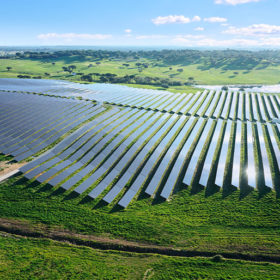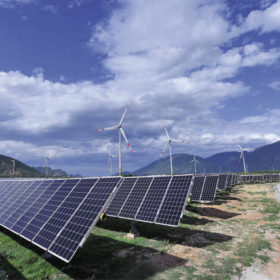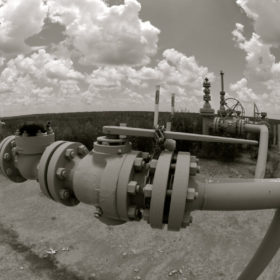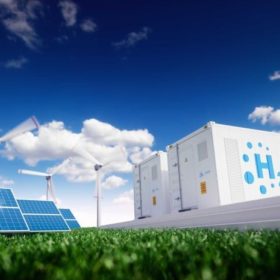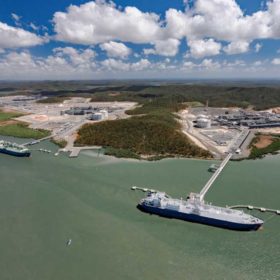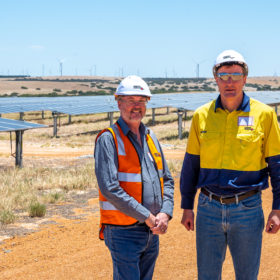Neoen to build Australia’s largest solar farm after power deal with CleanCo
Between 460 and 480 MWp in size, Western Downs will become the largest solar farm in Australia, bringing significant regional economic benefits to South West Queensland.
Environmental approval recommended for gigawatt-scale renewable energy hub
A mega solar and wind energy project in Western Australia’s Pilbara region has moved forward after being recommended for environmental approval.
New hydrogen fund: Can we get bang from 300 million bucks?
The Morrison Government claims that BloombergNEF ranks its new commitment and cumulative investment in hydrogen as among the largest made by any country. But there’s more to investment than largesse, as BNEF recently ascertained in a study of the economic case for hydrogen.
AEMO: The grid can handle 75% renewables by 2025
The Australian Energy Market Operator (AEMO) has found that the country already has the technical capability to safely operate a system where three-quarters of electricity comes from wind and solar. However, to do so it needs to get regulations right.
Australia’s biggest green hydrogen plant secures initial investment
The Arrowsmith Hydrogen plant is the first of many green hydrogen projects across Western Australia being developed by Perth-based company Infinite Blue Energy.
The solar highway to Australia’s renewable hydrogen economy
Modelling from a new report backed by ARENA has found that on-site solar electrolysis is not only the most cost-effective way of reaching Australia’s ambitions of both a domestic and export hydrogen economy, but perhaps the only way.
Stepping on the gas
Australia’s leader, Scott Morrison, and several of his ministers, including the Minister for Emissions Reduction, Angus Taylor, try at every opportunity to push more homegrown gas into the country’s energy mix. With global gas at rock-bottom prices, they’re now touting a gas-led recovery. What’s right and wrong with this picture?
NSW amends laws to pave the way for rooftop solar and big batteries
The New South Wales government has amended legislation to allow for larger-scale solar systems to be installed on homes and commercial buildings without council approval and to facilitate the installation of utility-scale batteries.
Constraints lifted for five West Murray solar farms
In a major feat for the energy sector, the Australian Energy Market Operator (AEMO) has provisionally lifted generation constraints imposed on five solar farms in the West Murray Zone, following the successful testing of new tuned inverter settings this week.
“De-constraining the grid”: inside WA’s new rooftop PV roadmap
Earlier this month, the Western Australian government released its Distributed Energy Resources (DER) roadmap. Another report focused on the threats posed to grid stability by accelerating solar uptake? Not so, says Bill Johnston, the WA Minister for Mines and Petroleum, Energy and Industrial Relations; it’s about opportunities.
